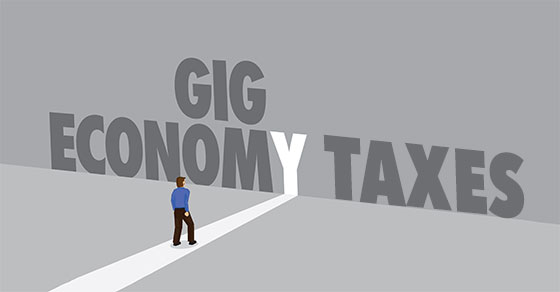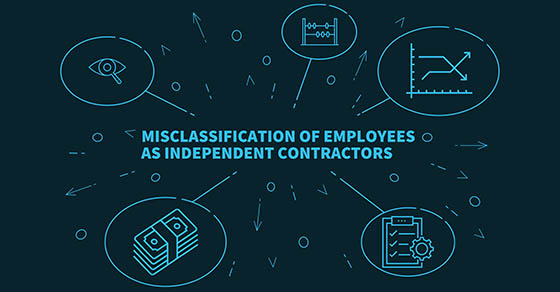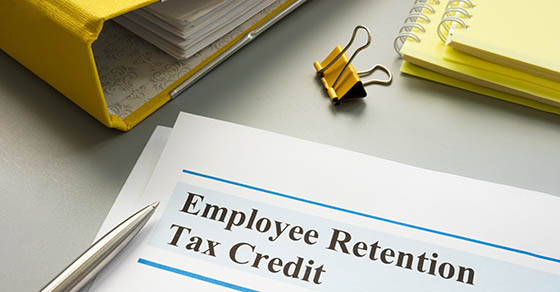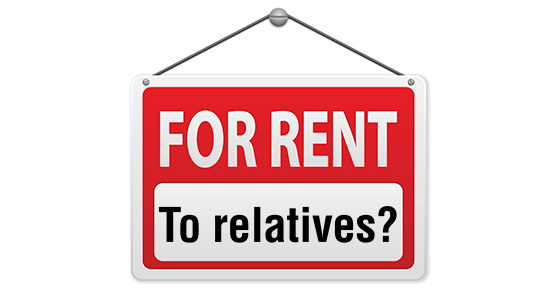Are employees at your business traveling again after months of virtual meetings? In Notice 2021-52, the IRS announced the fiscal 2022 “per diem” rates that became effective October 1, 2021. Taxpayers can use these rates to substantiate the amount of expenses for lodging, meals and incidental expenses when traveling away from home. (Taxpayers in the transportation industry can use a special transportation industry rate.)
Background information
A simplified alternative to tracking actual business travel expenses is to use the high-low per diem method. This method provides fixed travel per diems. The amounts are based on rates set by the IRS that vary from locality to locality.
Under the high-low method, the IRS establishes an annual flat rate for certain areas with higher costs of living. All locations within the continental United States that aren’t listed as “high-cost” are automatically considered “low-cost.” The high-low method may be used in lieu of the specific per diem rates for business destinations. Examples of high-cost areas include Boston, San Francisco and Seattle.
Under some circumstances — for example, if an employer provides lodging or pays the hotel directly — employees may receive a per diem reimbursement only for their meals and incidental expenses. There’s also a $5 incidental-expenses-only rate for employees who don’t pay or incur meal expenses for a calendar day (or partial day) of travel.
Less recordkeeping
If your company uses per diem rates, employees don’t have to meet the usual recordkeeping rules required by the IRS. Receipts of expenses generally aren’t required under the per diem method. But employees still must substantiate the time, place and business purpose of the travel. Per diem reimbursements generally aren’t subject to income or payroll tax withholding or reported on an employee’s Form W-2.
The FY2022 rates
For travel after September 30, 2021, the per diem rate for all high-cost areas within the continental United States is $296. This consists of $222 for lodging and $74 for meals and incidental expenses. For all other areas within the continental United States, the per diem rate is $202 for travel after September 30, 2021 ($138 for lodging and $64 for meals and incidental expenses). Compared to the FY2021 per diems, both the high and low-cost area per diems increased $4.
Important: This method is subject to various rules and restrictions. For example, companies that use the high-low method for an employee must continue using it for all reimbursement of business travel expenses within the continental United States during the calendar year. However, the company may use any permissible method to reimburse that employee for any travel outside the continental United States.
For travel during the last three months of a calendar year, employers must continue to use the same method (per diem or high-low method) for an employee as they used during the first nine months of the calendar year. Also, note that per diem rates can’t be paid to individuals who own 10% or more of the business.
If your employees are traveling, it may be a good time to review the rates and consider switching to the high-low method. It can reduce the time and frustration associated with traditional travel reimbursement. Contact us for more information.
© 2021




















